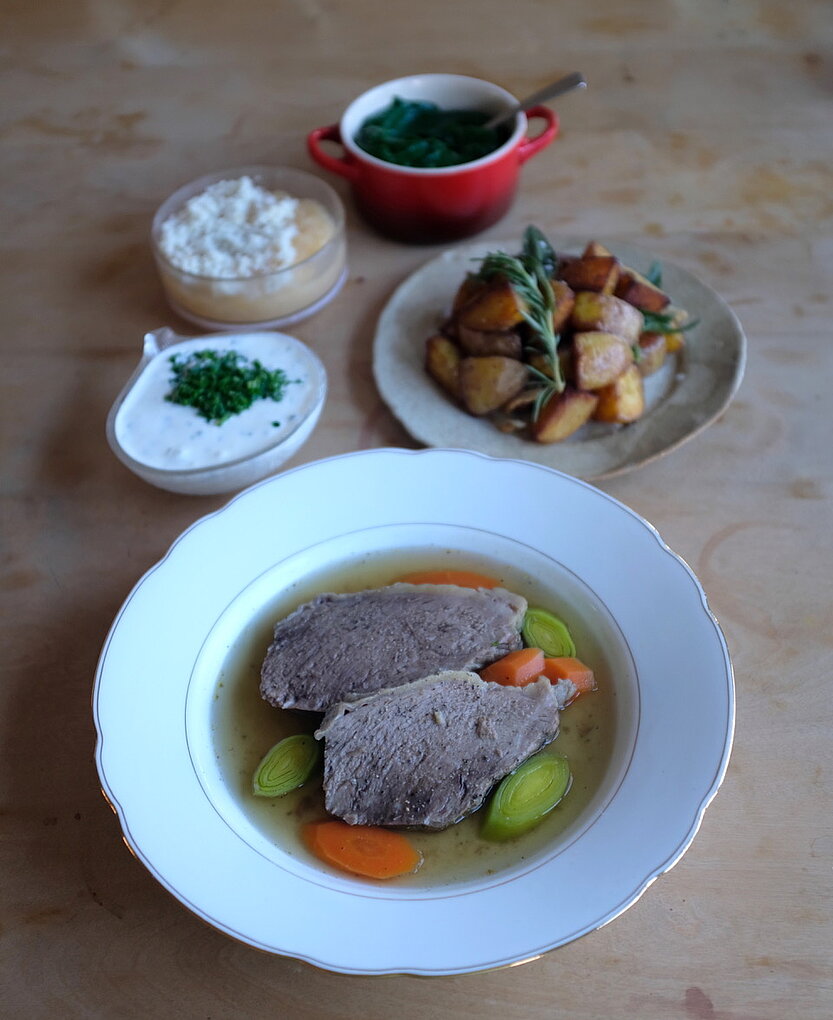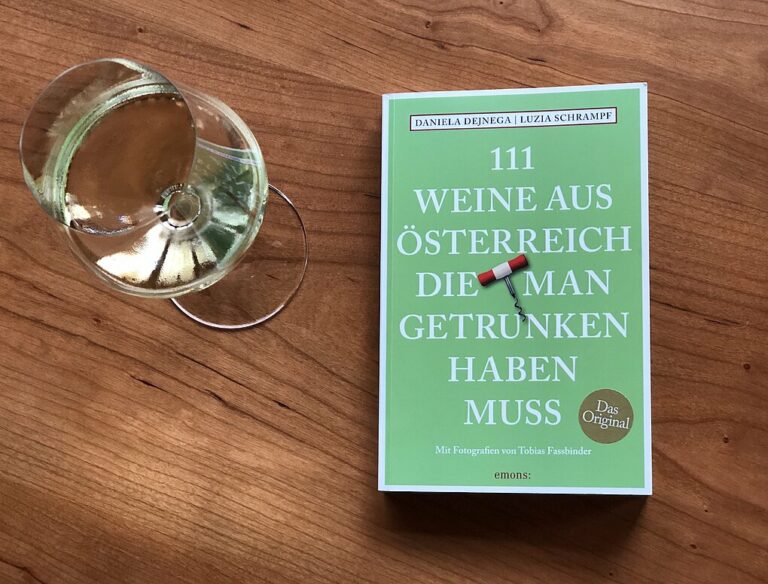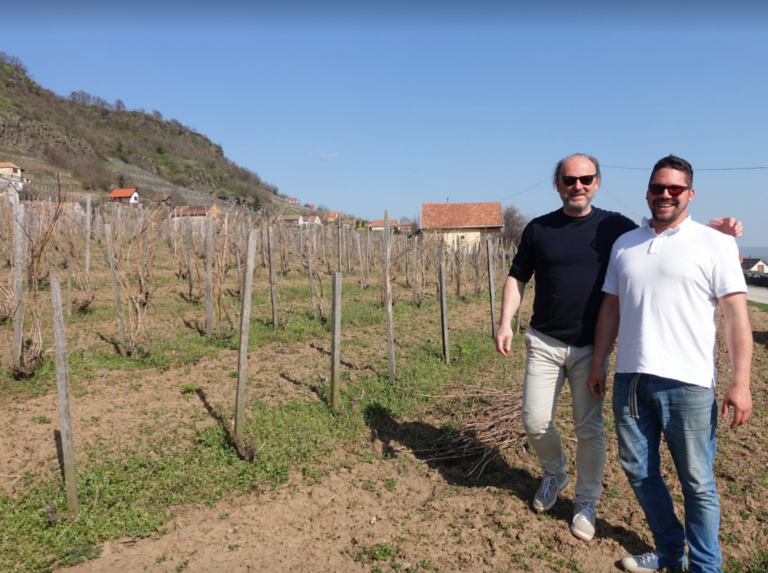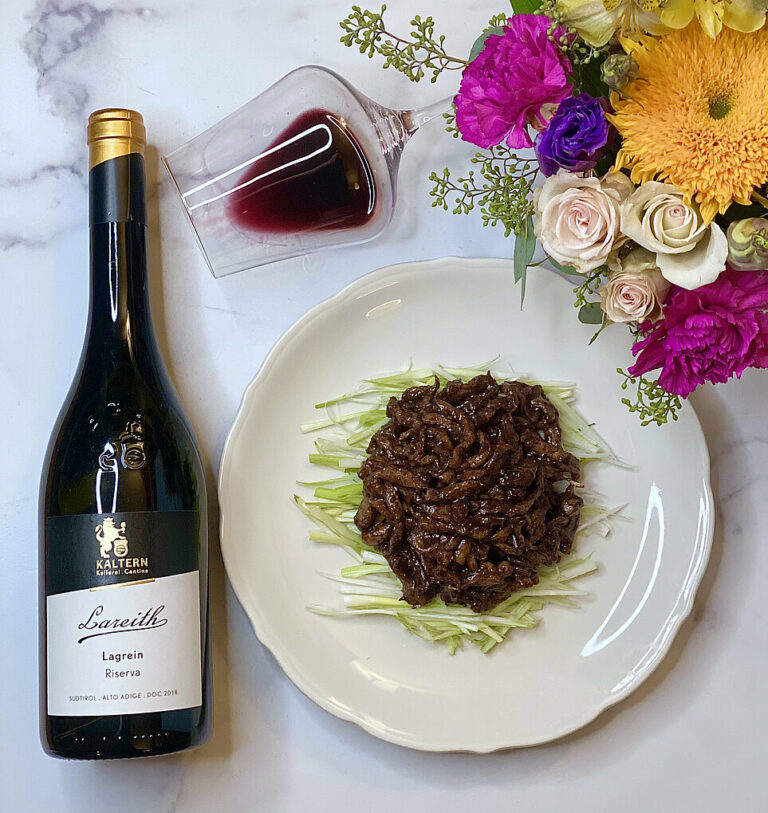Eat + TRINK | Go Austrian with Tafelspitz This Holiday

12/17/2021 Photo credit Emily Campeau Eat & TRINK | Go Austrian for Your Holiday Feast By Emily Campeau Tomato season rolled right into the root vegetable months, and here we are, planning end-of-the-year festivities. Whether you’re looking to ditch the old classics for a fresh recipe to impress your guests or make dinner for two with plenty left over for a next-day sandwich, I suggest we look to Austria for inspiration. Tafelspitz is a dish closely associated with Viennese cuisine and is generally considered to be Austria’s national dish. The first time I crossed paths with it was at…






